In July, Japan experienced slowdown in growth of labor cash earnings, recording increase of 1.3% yoy, a figure notably below expectation of 2.4% yoy. This decline comes in the wake of a 2.3% yoy surge in June and a 2.9% yoy hike in May.
Drilling down into the details, while the base annual salary grew 1.6% yoy, outpacing June’s 1.3% yoy rise, overtime pay experienced a reduced uplift of 0.5% yoy, a significant deceleration from the 1.9% yoy in June.
One of the more concerning revelations is the continued drop in real wages, which adjusted for inflation, decreased by -2.5% yoy, a deepening from June’s -1.6% yoy decline. This marks the 16th consecutive month of falling real wages, spotlighting inability of salaries to keep pace with escalating prices, thereby exacerbating the financial strain on households.
Corroborating this trend is separate data published earlier this week which highlighted a pronounced drop in household spending in July, plummeting -5.0% yoy, marking its most substantial decline in close to two and a half years.




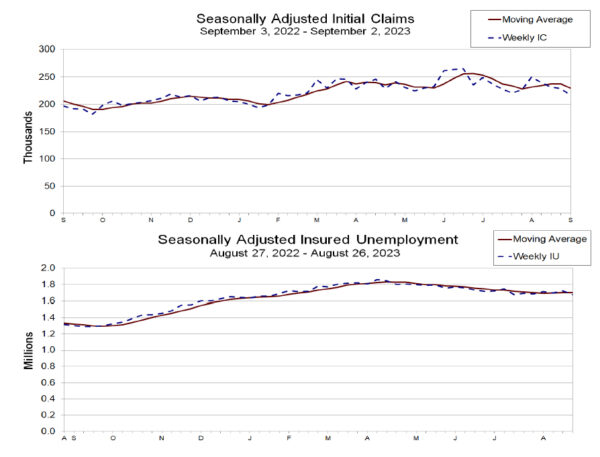
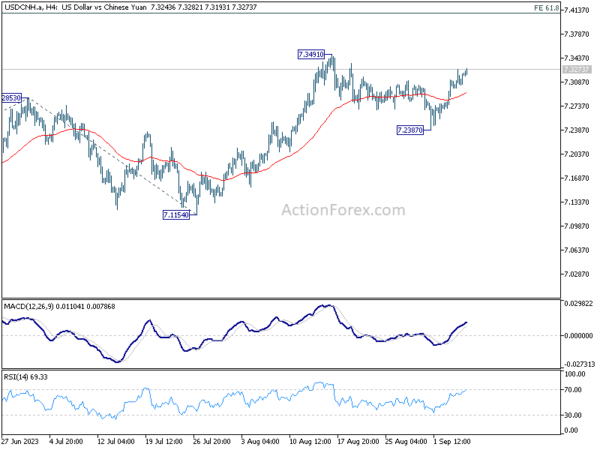
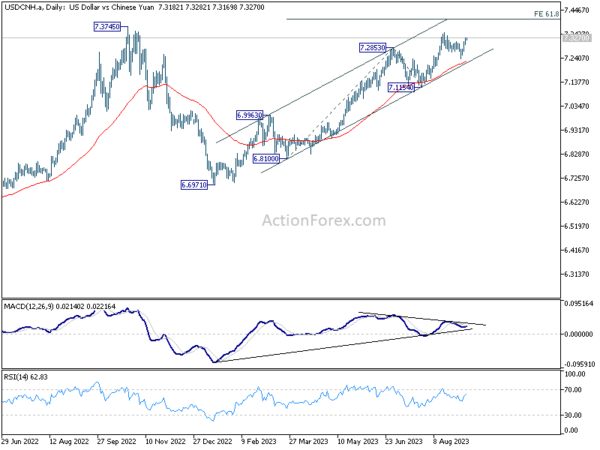
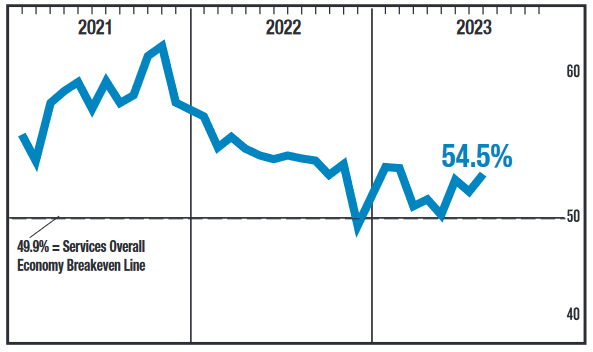
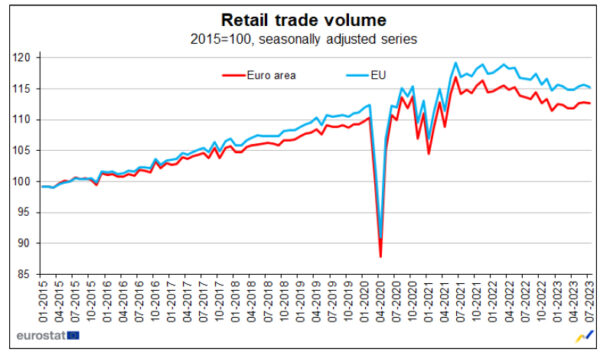

USD/JPY dips briefly after Japan Suzuki’s verbal intervention
Japan’s Finance Minister Shunichi Suzuki said today that the government is closely watching the currency market’s developments with a “heightened sense of urgency.” His comments reverberate a growing concern amidst Japanese policymakers about the recent depreciation of Yen.
Suzuki emphasized that “appropriate action” would be taken to counter any excessive volatility, without ruling out any options. The finance minister stressed the government’s position that currency movements should remain stable and echo the economic fundamentals Additionally, he rejected the notion that the government has set specific intervention levels in mind.
This vigilance is echoed by Vice Minister of Finance for International Affairs, Masato Kanda, who warned on Wednesday that “all options are on the table” if such fluctuating trends persist, signaling a high readiness to intervene to maintain market stability.
Following the minister’s comments, USD/JPY spiked lower to 146.57, but it rapidly recuperated, reclaiming 147 handle shortly after. The current downturn from 147.88 is perceived as a short-term correction as of now. 55 4H EMA is furnishing support at present, with no overt signs pointing towards a trend reversal in the USD/JPY just yet.